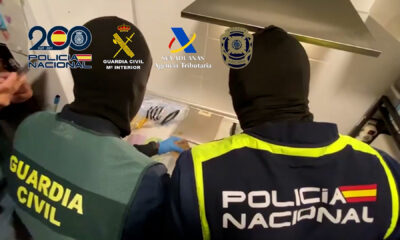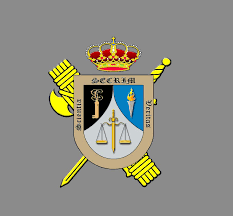

Driving in Spain
Cyclist Protection Plans Revealed
Juan Ignacio Zoido, the Minister of the Interior, chaired the Traffic Safety Committee of the General Traffic Department (DGT) meeting on Tuesday, as we reported in the Costa Blanca People, in order to study the problems facing cyclists and all Read More …
Juan Ignacio Zoido, the Minister of the Interior, chaired the Traffic Safety Committee of the General Traffic Department (DGT) meeting on Tuesday, as we reported in the Costa Blanca People, in order to study the problems facing cyclists and all road users relating to their safe movement.

The Minister stressed that some of these measures are already being implemented “as a result of the Plan of Urgent Measures” launched by the Ministry of the Interior and the General Directorate of Traffic a few months ago.
The Road Safety Committee first analysed the accident rate, both the number of casualties (7,186 accidents involving cyclists, 58 cyclists killed and 652 injured) and the type of road in which they occurred (72% In urban areas, although the most serious (-48 deaths) occurred on interurban roads), evolution (in 2015 there were 14 fewer deaths than in 2014, although it seems that in 2017 there is a rebound in the number of fatalities on the road).
Following this analysis, the Committee deepened the implementation of measures, which Minister Zoido announced, “because they are not mere figures, they are human lives, they are tragedies”, he said.
The measures include:
Signage of 49 new safe cycling routes, to be added to the 56 existing ones, with the aim of facilitating and protecting the movement of cyclists on conventional roads and reducing their accidents. This signalling will include speed limitations on specific days and times, of a temporary nature and in defined inter-urban stretches.
Communication and awareness campaigns to publicise the regulations for cyclists and, in particular, on their safety. For example, he cited the title “Almas Ciclistas” , released in April, which reproduced the last route taken by several dead cyclists and testimonies of their families. Another awareness campaign based on real testimonies of people who have suffered accidents or their relatives, whose broadcast will be produced before the summer in traditional media, especially radio and television, was also announced.
Use of variable message panels for awareness messages. On Saturdays and Sundays, the most common days of cycling on the road, these panels will remind drivers of the main rules regarding cyclists (minimum safety distance of 1.5 m, the possibility of crossing the continuous line in overtaking, riding in parallel, etc.).
Enhanced use of the Comobity application. This DGT app – which has 51,000 users and 58,000 warnings, informs the users of the presence of cyclists on the route.
A greater presence of the Guardia Civil Traffic patrols on those secondary routes with a greater presence of cyclists during the weekends.
An increasee of alcohol and drug controls on Saturdays and Sundays on conventional roads. The minister Zoido codified 100,000 controls for alcohol and 30,000 for drugs, increasing of the same.
Special Surveillance Plan, with the presence of aerial and terrestrial means for the protection of cyclists.
Improve knowledge of cycling mobility. To this end, the DGT will continue to identify the interurban routes most frequented by cyclists, distinguishing those used for sports that are used for forced mobility, and will be integrated into mobility maps.
Deepening the analysis of cyclists’ accidents, with in-depth studies of recent years, typologies, causes, highly dangerous sections, rapid follow-up reports on accidents with cyclist victims.
Proposal and evaluation of road and signalling interventions, with pilot experiences of innovative measures to improve safety and provide a safe space for cyclists (eg intelligent signals, separation marks of 1.5 meters etc.).
Actions on the causes of the accidents. The loss of validity of drivers’ licenses for alcohol and drug driving penalties and the initiation of sanctioning procedures when the judicial authority decrees the criminal record for infractions to Traffic regulations after having an accident.
Repeat Alcohol and Drug Offender Will Lose their Licence
Another measure announced by the Minister of the Interior was that drivers who repeatedly drink or use drugs and drive will lose the validity of their licence due to lack of psychophysical skills – according to articles 36 of the Regulation of General Drivers.
For this purpose, repeat offenders shall mean those drivers who have two or more alcohol and / or drug sanctions within a period of less than two years, and therefore believe that they may have a problem of abuse or dependence on those substances and should be evaluated and treated in the manner provided for in the General Drivers Regulation.


























